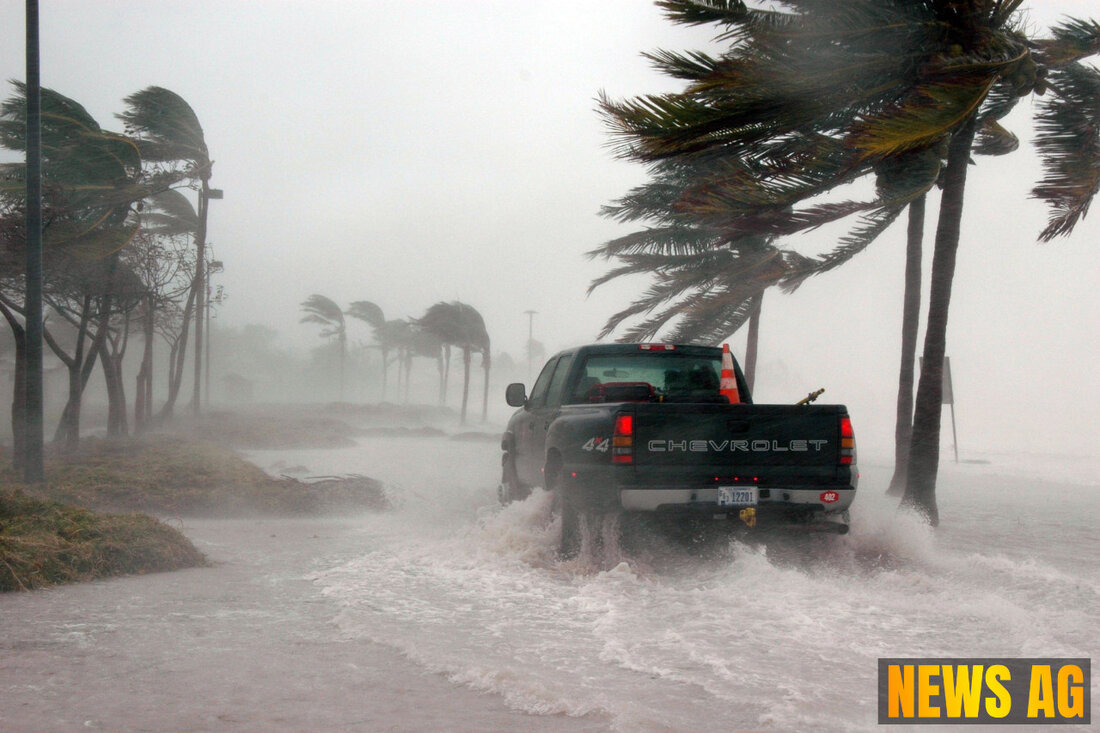Florida on Alert: New Tropical Threat Looms as Storm Season Heats Up!
Experts warn of potential tropical development near Florida and Bermuda this July, with implications for the Atlantic hurricane season.

Florida on Alert: New Tropical Threat Looms as Storm Season Heats Up!
As we settle into the summer months, Florida finds itself once again in the crosshairs of potential tropical activity. According to Irish Star, experts are keenly monitoring two areas off Florida’s coast as they show early signs of possible tropical development. This situation has prompted a flurry of attention as forecasters recall how Tropical Storm Chantal swept through earlier this month, leaving a trail of flooding rains in the Carolinas after forming in the same region.
The atmosphere, notably over the southeastern U.S. and north of Bermuda, is being scrutinized under the watchful eye of meteorologists. Early July’s similar patterns are stirring up anticipation of another tropical system potentially taking shape. Currently, there’s a modest chance for development in Florida between July 15 and 18, though the weather dynamics appear less conducive than they did earlier this month.
What Can We Expect?
The upcoming mid-July front is proving to be considerably weaker, with a less pronounced dip in the jet stream. Various environmental factors like dry air and disruptive winds, intermingled with Saharan dust, could put a damper on any emerging storms. Nevertheless, increased showers and thunderstorms are forecasted to drape the coastal areas, bringing that familiar summer sizzle.
If a significant storm developed, meteorologists have already decided on the name Dexter, which would inevitably introduce heavy rainfall and strong winds to the Sunshine State. With the 2025 Atlantic hurricane season off to a brisk start—three named storms have already formed—there’s ample reason for both concern and caution. The predictions for this season span from 13 to 18 tropical storms, with a concerning forecast of 7 to 10 of those potentially becoming hurricanes, and 3 to 5 developing into major hurricanes. The stakes are high, and every resident should prepare.
Forecasting Future Storms
Despite earlier storms and current predictions, the ongoing conversation around hurricane preparedness shines a light on the need for robust forecasting. The NOAA’s Climate Prediction Center and affiliated organizations stress how critical it is to be ready for hurricanes, even in years where activity may appear low. The probability of this year witnessing above-normal hurricane activity stands at 90%, driven by several influential climate factors.
Already, we see ocean conditions playing a pivotal role. The latest updates indicate that sea surface temperatures in the Main Development Region are significantly higher than average, which bodes well for tropical storms. Furthermore, the ongoing La Niña conditions could enhance this activity, although the precise timing and potential impact remain somewhat nebulous.
With the forecasted number of storms exceeding long-term averages, it’s important to stay informed about preparedness resources. The National Hurricane Center and FEMA offer tools and guidelines to ensure everyone is equipped for what lies ahead.
A Call for Attention
One concern that cannot be overlooked as storm season looms is the proposed budget cuts to NOAA, which could hamper forecasting accuracy by a troubling 20 to 40%. Former NOAA director Robert Atlas warns that such cuts could have far-reaching consequences, potentially costing the economy over $10 billion in just one hurricane season. In the tumultuous realm of hurricane forecasting, cutting down on resources could mean less predictability, leaving communities vulnerable when they need guidance the most.
As Florida prepares for the possibility of storm systems forming, let’s remain vigilant and proactive. Whether it’s gathering supplies or forming a communication plan, staying ahead of the weather allows us all to weather the storm, regardless of how nature turns the tides.


 Suche
Suche